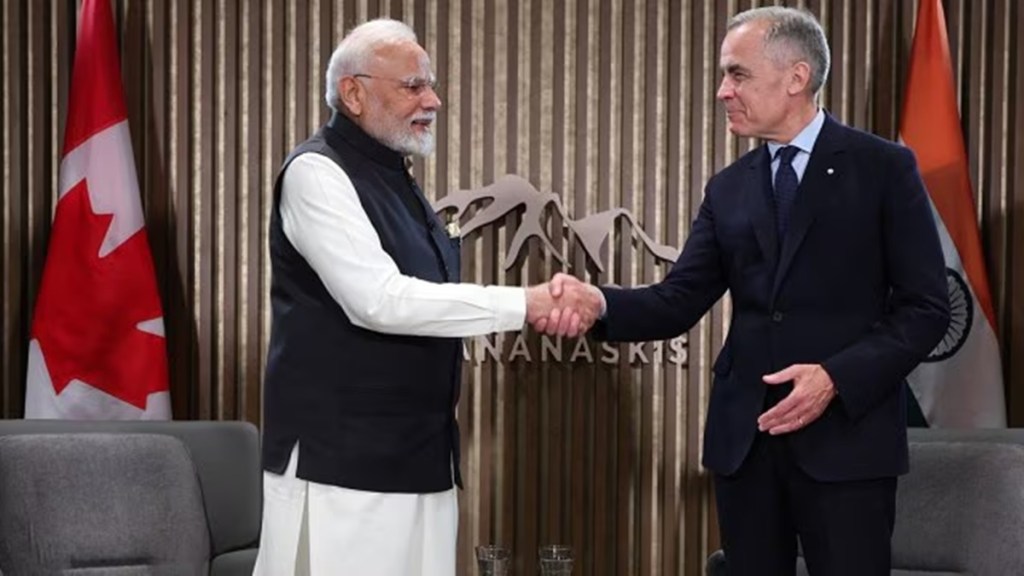Prime Minister Narendra Modi’s productive meeting with his Canadian counterpart, Mark Carney, on the sidelines of the G-7 summit at Kananaskis is a harbinger of a reset in bilateral relations that hit rock-bottom during the last couple of years. Indo-Canadian diplomatic relations deteriorated after Justin Trudeau, then Canada’s premier, stated on the floor of Parliament in September 2023 that his country’s security agencies were investigating “credible allegations of a potential link” between Indian government agencies and the killing of a Khalistani Sikh leader, Hardeep Singh Nijjar, on Canadian soil.India has strongly rejected these charges. At Kananaskis, both leaders affirmed the importance of Indo-Canadian ties based on mutual respect for concerns and sensitivities, rule of law, and a commitment to upholding the principles of sovereignty and territorial integrity. They agreed to designate new high commissioners with a view to returning to regular services for citizens and businesses in both countries. Both leaders also discussed the historical relationship between the two nations, including strong people-to-people ties and significant bilateral commercial relations and the need for partnerships in the Indo-Pacific.
While India and Canada thus attempt to restore stability to the relationship, it does not imply that the Nijjar problem has gone away. Far from it. In its annual report tabled in Parliament, the Canadian Security Intelligence Service has warned that India remains a persistent foreign interference threat to the country, according to The Globe and Mail. Carney, for his part, declined to tell the media whether he raised Nijjar’s killing in his meeting with Modi. But when he invited India’s PM to the G-7 summit, the read-out of the call from his office mentioned the agreement to continued law enforcement dialogue and discussion of security concerns. The question obviously is whether the calibrated steps to restore normalcy in the bilateral relationship can be ring-fenced from the judicial process regarding Nijjar’s killing. Prima facie, this appears to be the case with Delhi and Ottawa reportedly engaged in negotiations to create a joint working group to deal with transnational crimes. This mechanism enables Canada to raise issues related to the judicial process while India can bring up Khalistan separatism and extremism-related concerns, including sharing information on fugitive gangsters and terrorists with Canada.
The reset obviously reflects the compulsions of Canada and India to engage more with one another as the global economy is being disrupted by the weaponisation of tariffs and trade wars. Both nations should resume ministerial-level dialogues on trade and investment that were last held on May 8, 2023. An Early Progress Trade Agreement must be concluded as early as possible as 10 rounds of discussions have been held so far. Last year, Canada’s two-way trade in goods and services with India hit US $23 billion. Canada has invested $3.9 billion in India from April 2000 to June 2024, much of it from portfolio investors. Pension funds have invested over $75 billion. India’s outbound investments to Canada were more modest at $2.1 billion. Around 600 Canadian companies have a presence in India, while 30-odd Indian firms have operations in Canada. However, the deepest link between the two nations is the Indian diaspora with 1.8 million Indo-Canadians and another 1 million non-resident Indians. Many of our students have gone for educational opportunities and hope to work in Canada. These people-to-people ties must be nurtured as the bilateral relationship is set to improve.

